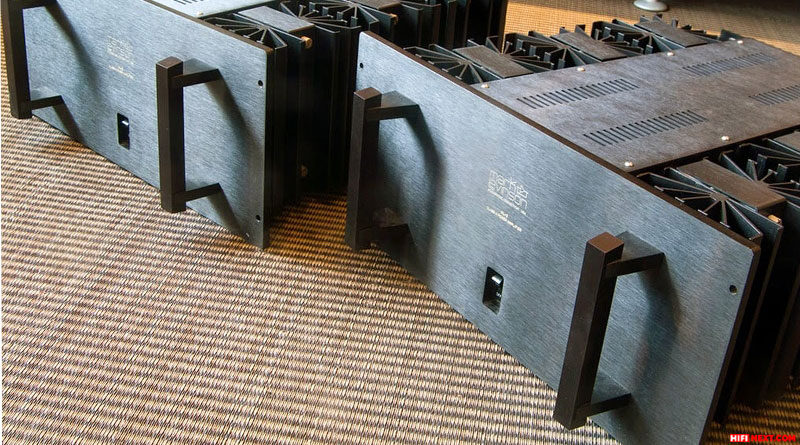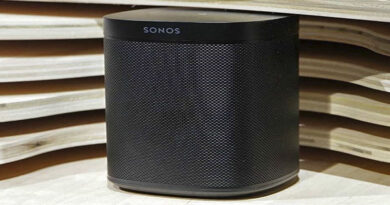What Hi-Fi Amplifiers Looked Like 30 Years Ago – And How They Look Now
The audio industry is constantly evolving – the more interesting it is to visually trace the path of its transformation. Our new selection contains examples of “before and after” from the most famous and respectable manufacturers of expensive amplifying equipment – why not evaluate the pace of improvement in the industry? So, welcome to the visual guide to the evolution of cool amps!
Contents:
- Gryphon DM100 (1991) – Gryphon Apex Stereo (2022)
- Krell KST-100 (1991) – Krell Duo 300 XD (2018)
- Mark Levinson ML-2 (1977) – Mark Levinson ML-50 (2022)
- McIntosh MC3500 (1968) – McIntosh MC3500 (2021)
- Audio Research VT100 (1991) – Audio Research Reference 160 S (2021)
- Accuphase P-400 (1979) – Accuphase P-7300 (2020)
- Audio Note Kondo Ongaku (1989) – Audio Note Kondo Ongaku (2020)
Gryphon DM100 (1991) – Gryphon Apex Stereo (2022)
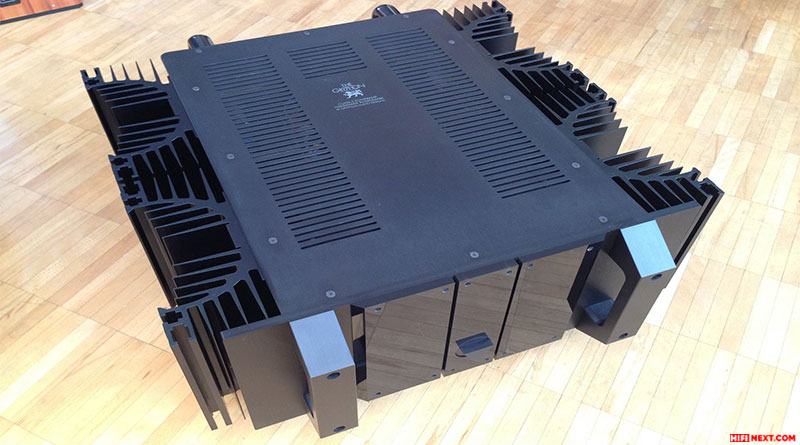
The Danish Gryphon DM100 amplifier, which appeared in stores in 1991, literally blew up the High End market of those years. The model delivered a completely transparent and highly dynamic sound and sported 100 watts into 8 ohms of pure Class A output power. This 76.5 kg dual mono model remained the industry benchmark for many years to come.
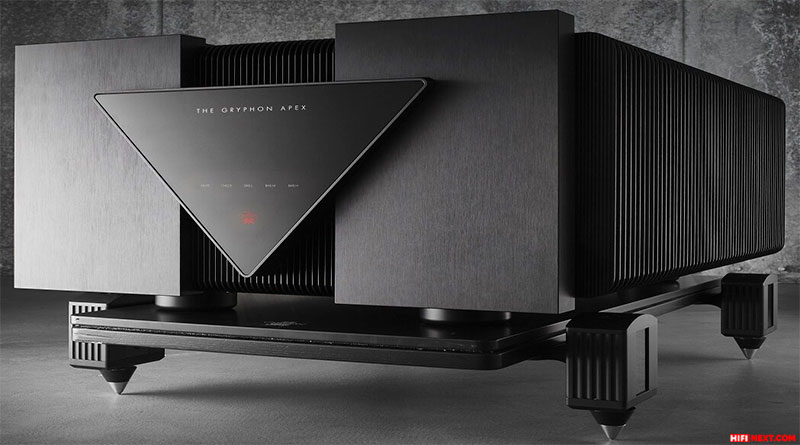
The newly introduced Gryphon Apex Stereo weighs an impressive 204kg, uses 128 bipolar transistors, a 2,080,000μF capacitor bank, and four 2,000VA power transformers. Peak output power when operating in mono mode reaches 1,800 watts into 1 ohm.
Krell KST-100 (1991) – Krell Duo 300 XD (2018)
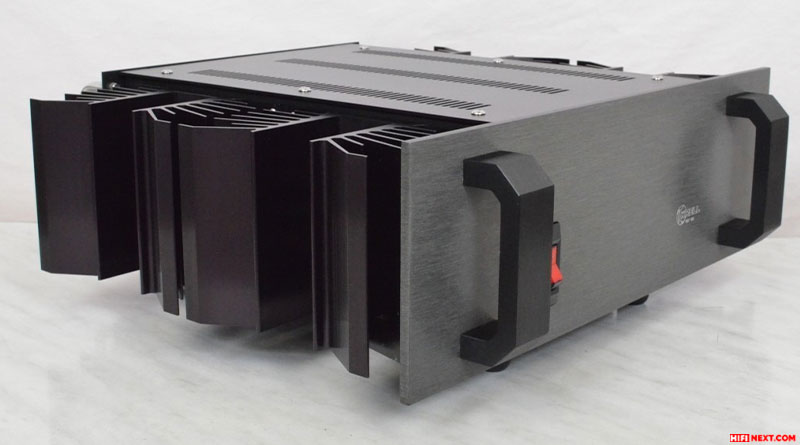
The Krell KST-100 model at one time inspired “shock and awe” – the device was distinguished by absolute tolerance to the load, it delivered 2x100W into an 8Ohm load, easily doubled the indicator when working into a 4Ohm load and reached a record 2x800W at 1ohm. The 27kg power amplifier has become the standard of the industry, it has been favored by critics and listeners alike.
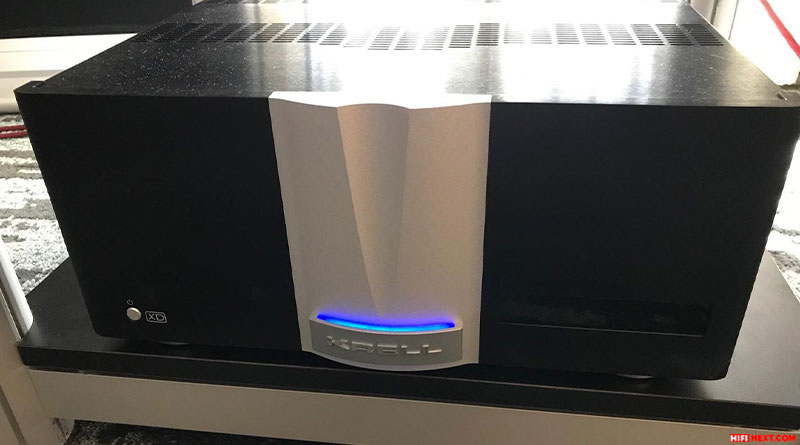
The now-released Krell Duo 300 XD uses proprietary iBias Class A technology, has options for network management and control, develops power of 2x300W when operating into an 8ohm load and flaunts the highest damping factor of 1,140 units. The device weighs 31.8kg, but despite the “modest” weight by the standards of the 21st century industry, it easily controls speakers of any complexity.
Mark Levinson ML-2 (1977) – Mark Levinson ML-50 (2022)
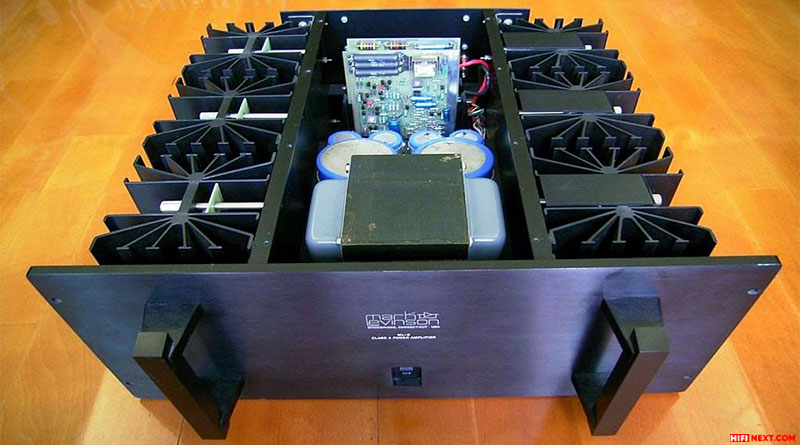
The American Mark Levinson ML-2 power amplifier, which develops 35 watts into 8 ohms and operates in pure class A, became an example of audio design for decades to come, and the company that released it immediately gained cult status.
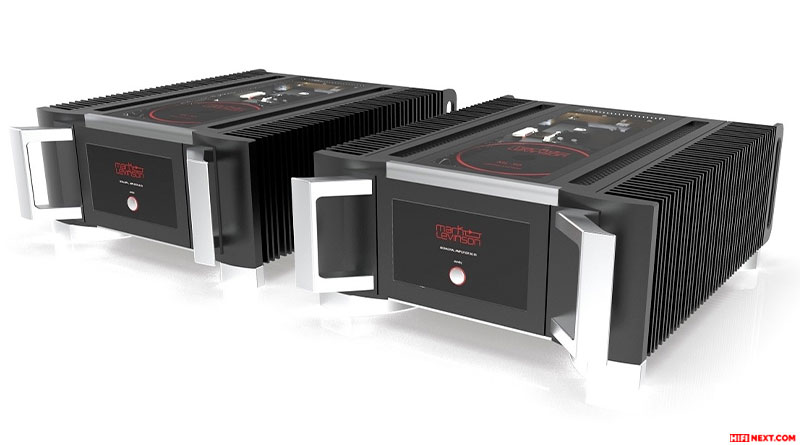
A pair of new Mark Levinson ML-50 monoblocks accumulates all the achievements of the company for fifty years of work and offers 20 watts of power in class A into 8 ohms or 425 watts in class AB.
McIntosh MC3500 (1968) – McIntosh MC3500 (2021)
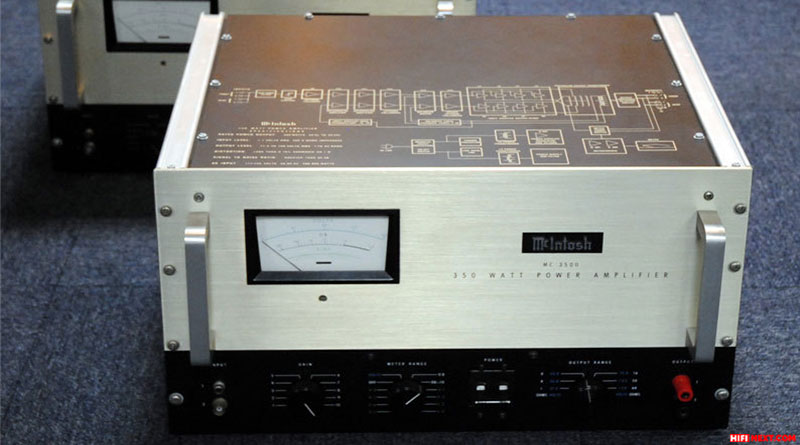
The iconic McIntosh MC3500 was produced from 1968 to 1971 and was used at the Woodstock festival and other legendary events of the late sixties and early seventies of the twentieth century.
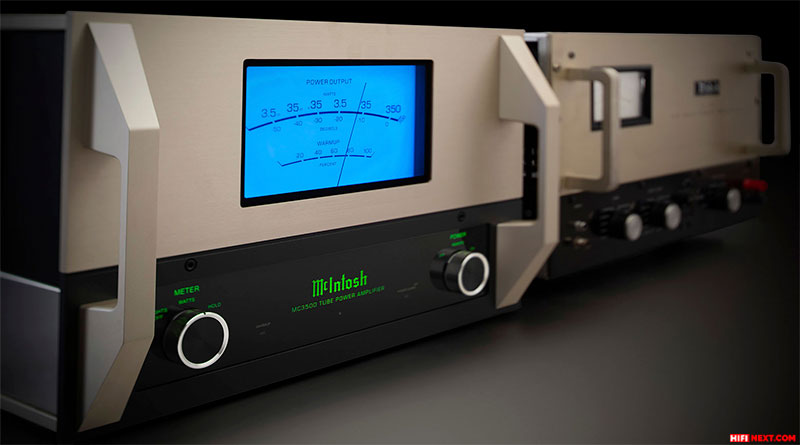
An updated version of the McIntosh MC3500 monoblock, which was recently released, is focused on the High End market – it reaches 350 watts of power (for any load – from 2 to 8 ohms), uses eight EL509S lamps and weighs 55 kg.
Audio Research VT100 (1991) – Audio Research Reference 160 S (2021)
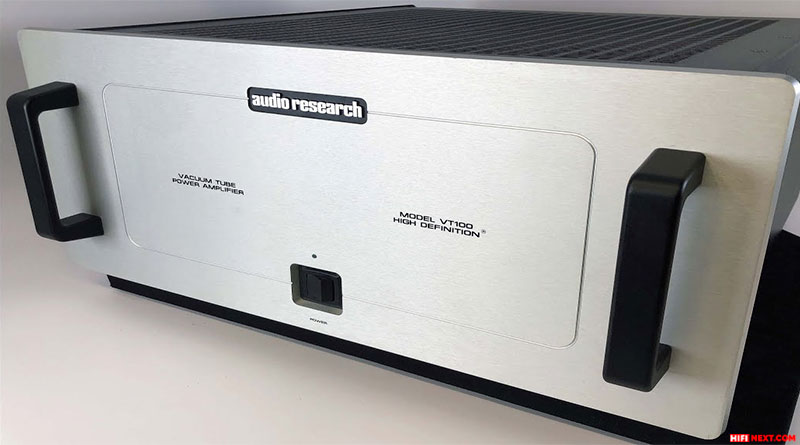
Offered for less than $5,000 in the early 1990s, the Audio Research VT100 received stellar status in the press — and for good reason. The tube unit used four 6550C tubes, ran from 15 to 80,000 Hz, and developed a steady 100 watts of power output.
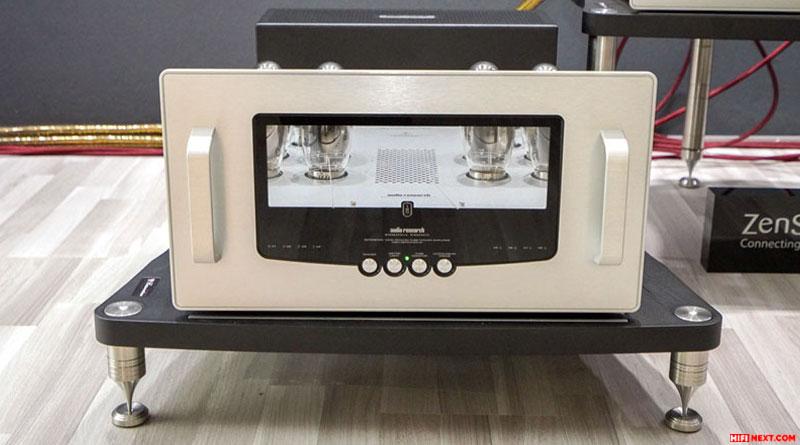
Audio Research Reference 160 S delivers already 160 watts, uses a patented auto-bias circuit, can be switched to Triode or Ultralinear modes. The Audio Research Reference 160 S uses four KT150 tubes per channel.
Accuphase P-400 (1979) – Accuphase P-7300 (2020)
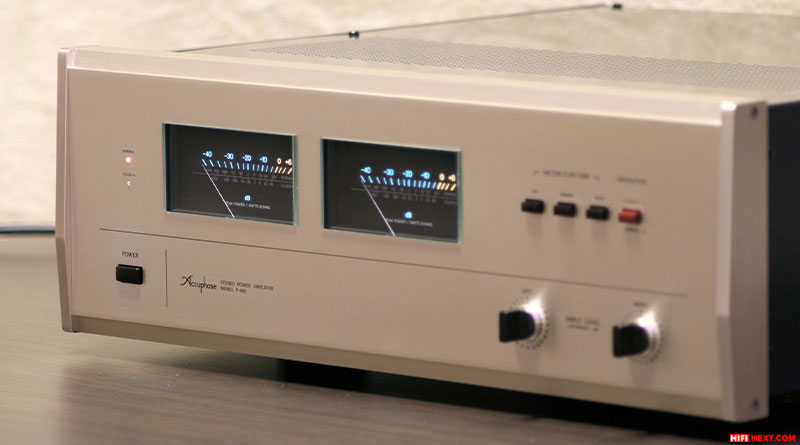
Accuphase P-400, which appeared in 1979, became an example of uncompromising Japanese development. The amplifier delivered 200 watts into 8 ohms, of which the first 50 watts were pure class A, had a negligible 0.01% harmonic distortion across any speaker impedance across the entire band from 20 to 20,000 Hz, and weighed a hefty 31.2 kg. The dumping factor of the model was 150 units.
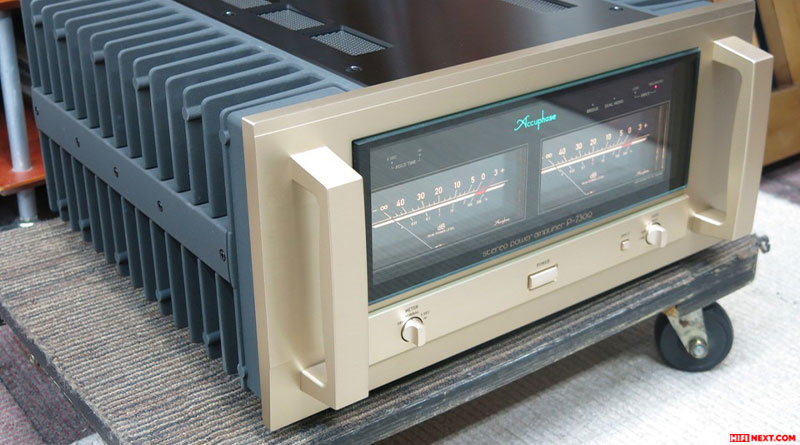
The reference modern Accuphase P-7300 is based on ten parallel push-pull MOS-FET transistors and can drive up to 1 ohm, delivering a staggering 800 watts of power.
Audio Note Kondo Ongaku (1989) – Audio Note Kondo Ongaku (2020)
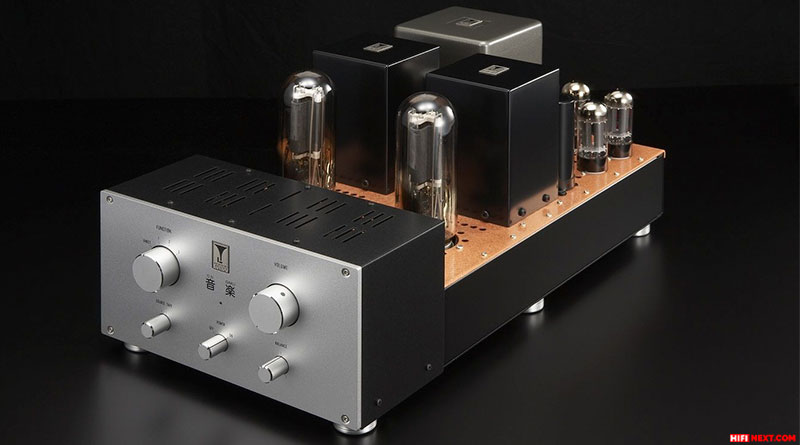
Japanese development over the years has changed only cosmetically – it is impossible to improve perfection. The device both worked and works on a pair of 211 tubes, develops a power of 2x27W at 5% distortion, weighs 34 kg and provides a frequency response from 8Hz to 21kHz.
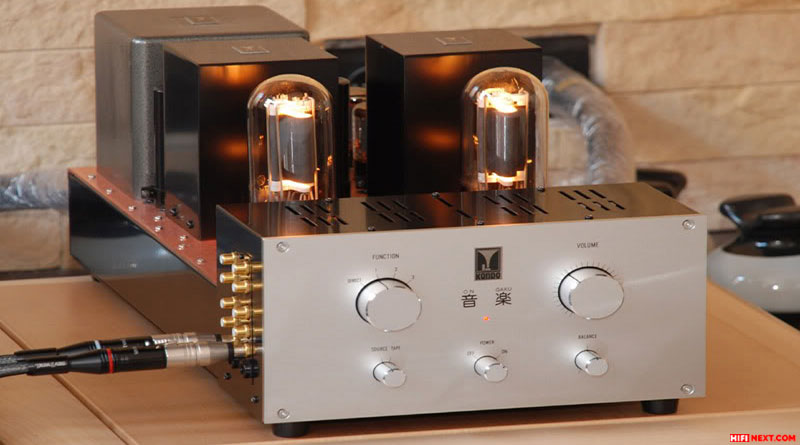
The total use of silver led to the wild cost of the amplifier – at the time of release the device cost 30,000 pounds in Europe, now the price has significantly exceeded 100,000 pounds – but, this is the payment for the “holy grail” of a tube one-stroke sound.
The 8 Best Headphone Amplifiers of 2021-2022 by the HiFiNext Rating here.

